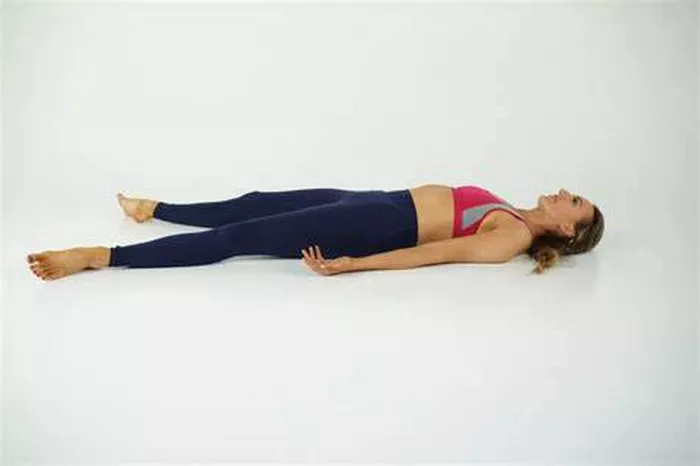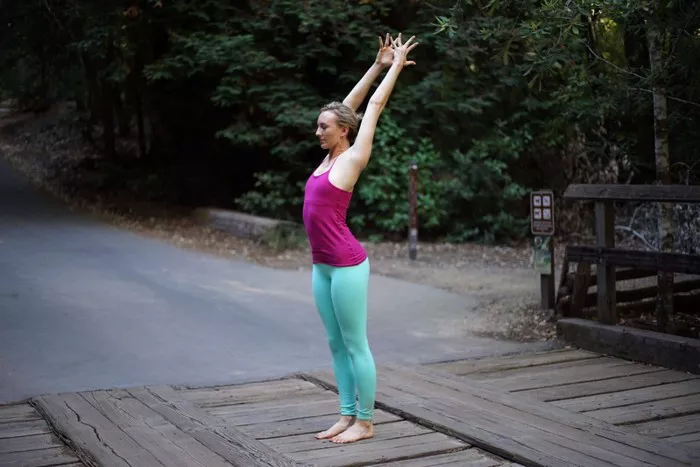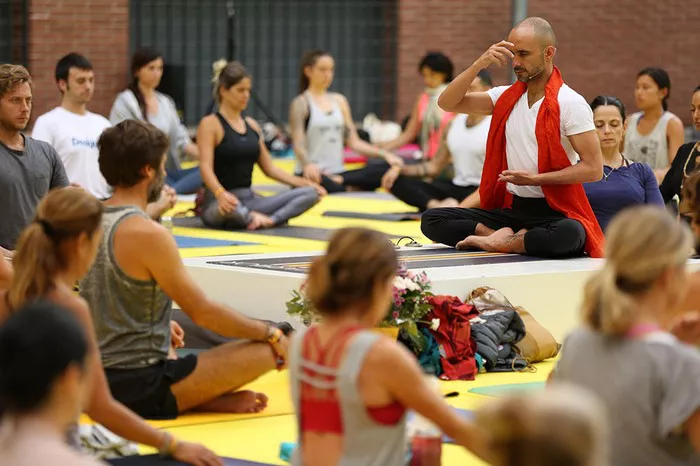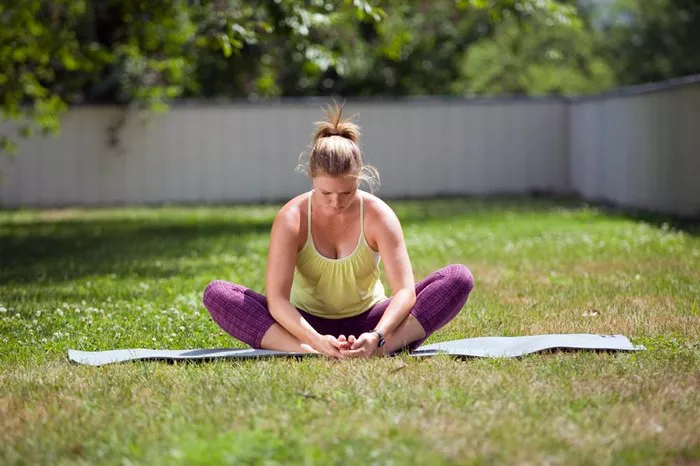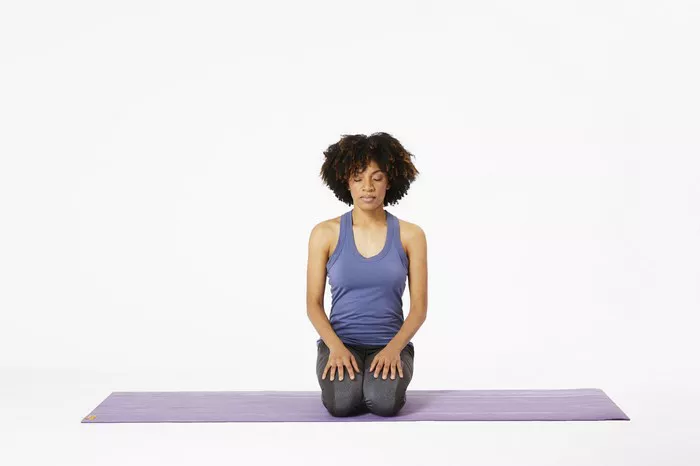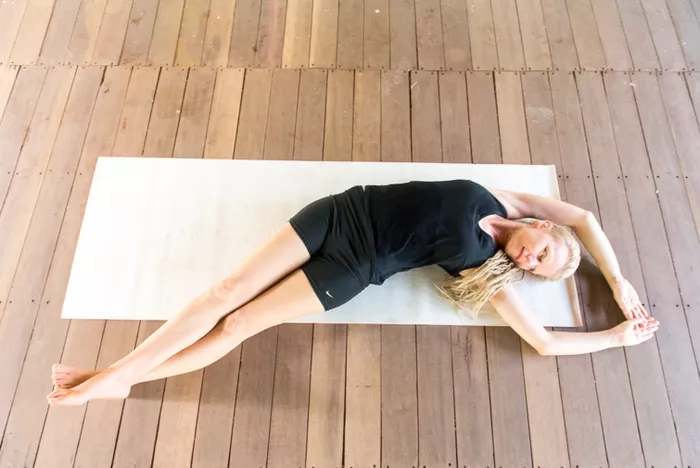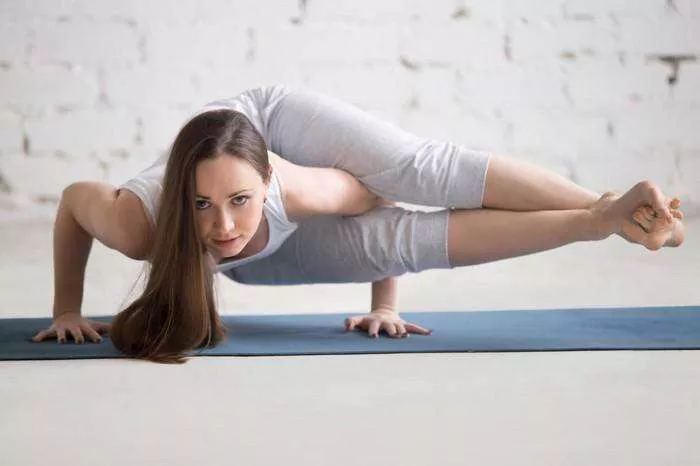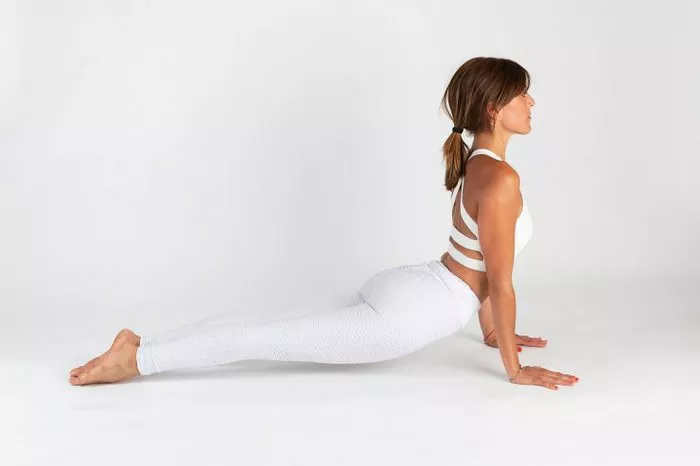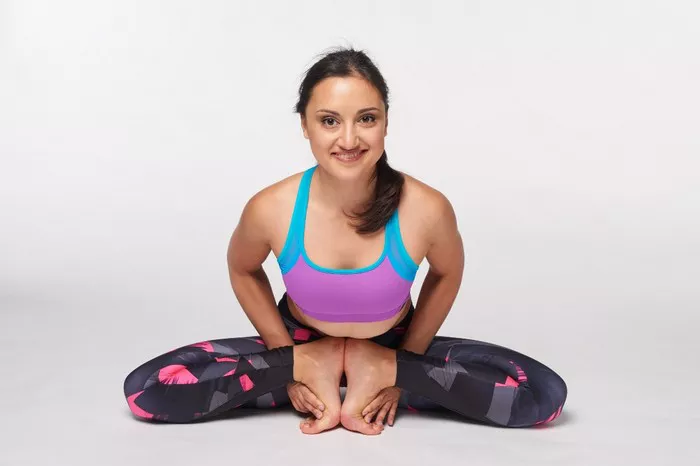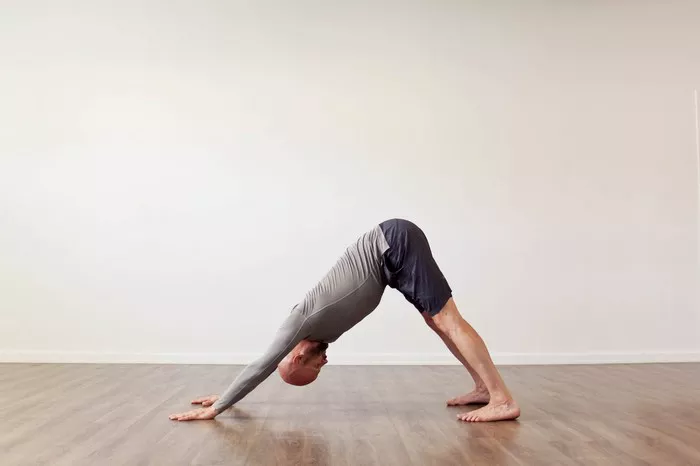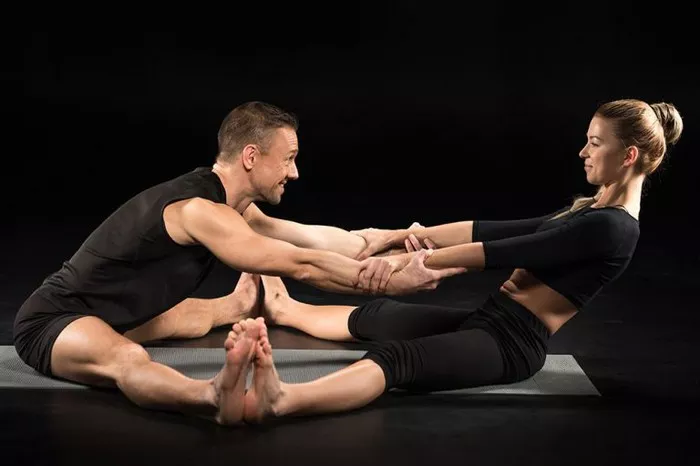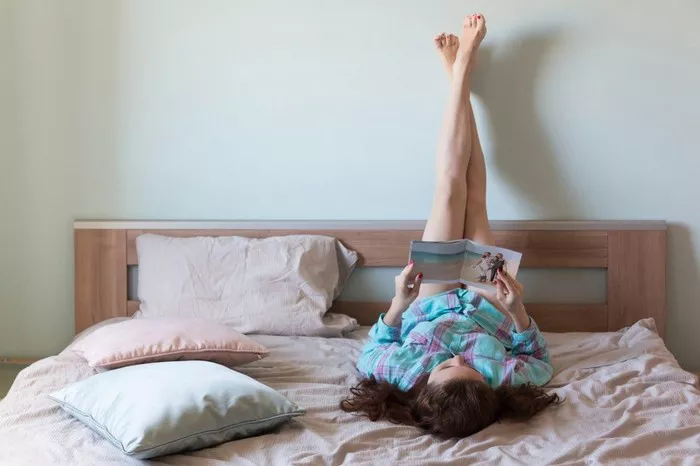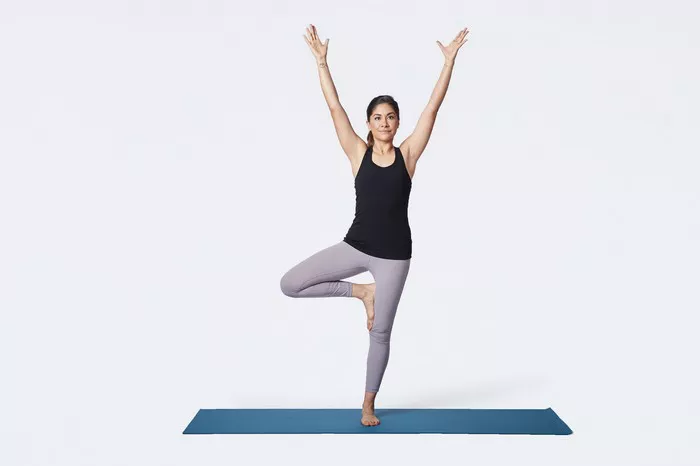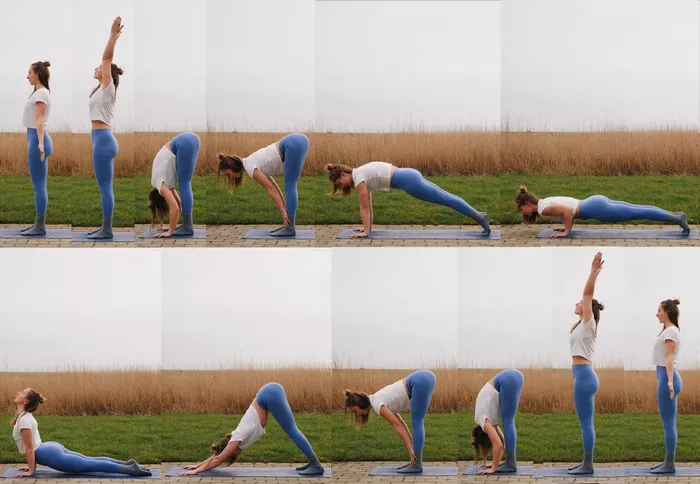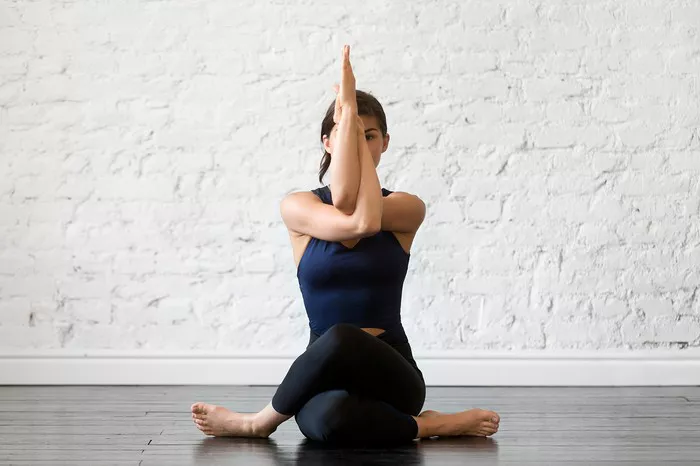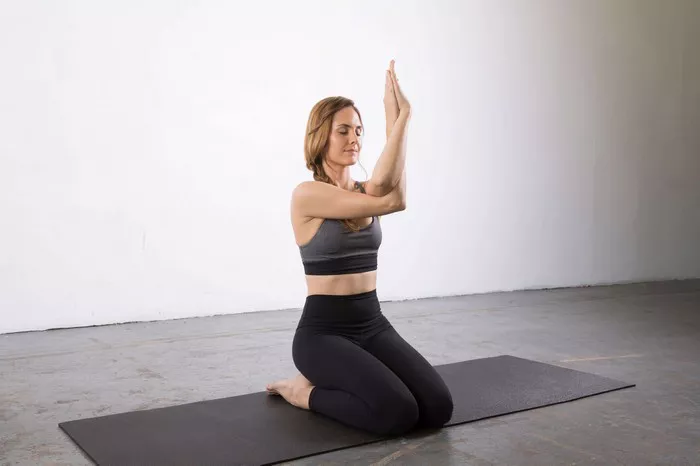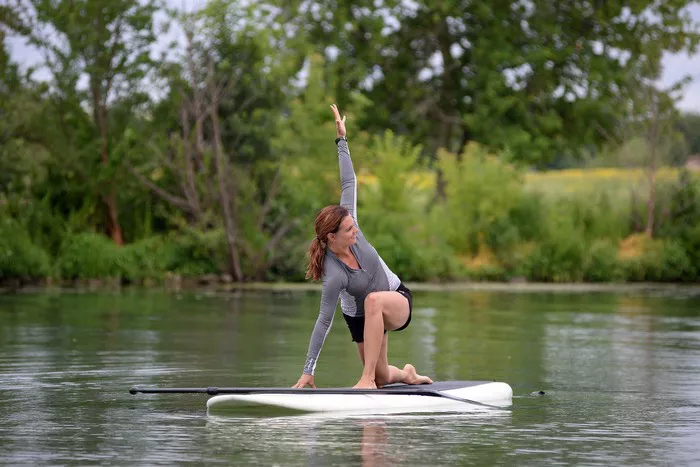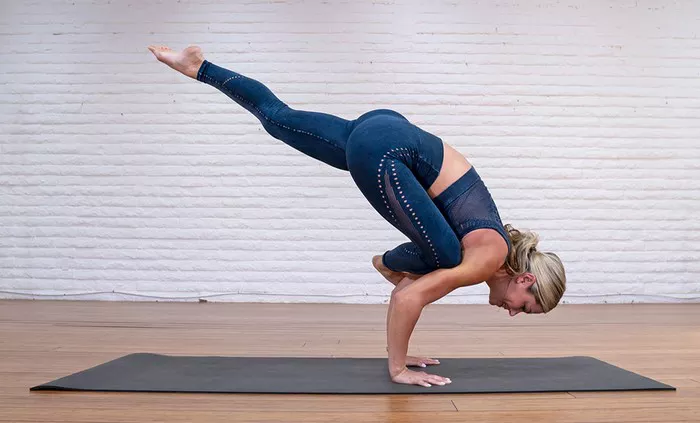Yoga has evolved in many different forms to suit the varied needs of practitioners. One intriguing and beneficial variation is rope yoga, a practice that uses ropes fixed to a wall to assist and deepen traditional yoga poses. This technique not only aids in alignment but also provides support, allowing practitioners to explore asanas more safely and effectively. Rope yoga, sometimes referred to as “yoga kurunta,” derives from the Sanskrit word “kurunta,” meaning puppet, alluding to the way practitioners appear as though suspended or maneuvered like puppets by the ropes.
Historical Background of Rope Yoga
Rope yoga finds its origins in Iyengar Yoga, developed by the esteemed B.K.S. Iyengar. He was known for his precise attention to alignment and the use of props to make yoga accessible to all. The rope wall, or “yoga wall,” became an essential tool in his methodology. The inspiration came partly from observing patients in traction therapy and how physical support could facilitate healing and flexibility. Over time, the rope wall has become a staple in many yoga studios worldwide, especially those that emphasize therapeutic and alignment-based practices.
What is Rope Yoga Exactly?
Rope yoga involves performing yoga postures with the assistance of ropes anchored into a wall. These ropes provide resistance and support, which can help practitioners:
- Achieve better alignment
- Stay in poses longer without strain
- Increase flexibility
- Build strength through resistance
- Enhance balance and proprioception
By redistributing weight and enabling traction, rope yoga allows practitioners to deepen stretches and access poses that might otherwise be out of reach.
Key Benefits of Rope Yoga
1. Enhanced Alignment and Posture
One of the primary goals of yoga is to develop body awareness and alignment. The ropes act as a guide, gently correcting the body’s position in various asanas. This is particularly beneficial for beginners and those with musculoskeletal issues. Practicing with ropes can help develop the muscle memory required to maintain correct posture even outside of practice.
2. Increased Flexibility
The support provided by the ropes allows the body to release and relax into deeper stretches without the risk of injury. This is especially useful for individuals with tight muscles or limited range of motion. Over time, rope yoga can significantly improve flexibility in the hips, shoulders, spine, and legs.
3. Improved Strength and Stability
While the ropes offer support, they also create resistance, challenging the muscles to work in new ways. Holding poses against the tension of the ropes helps build strength, particularly in the core, arms, and legs. Additionally, the sense of being partially suspended enhances balance and stability.
4. Safer Inversions
Inversions like headstands and shoulder stands can be intimidating or even dangerous for beginners. The rope wall provides a safer environment to practice these poses by offering full or partial support. This makes it easier to experience the benefits of inversions—such as improved circulation and spinal decompression—without the associated risks.
5. Therapeutic Applications
Rope yoga is widely used in therapeutic settings to aid in the rehabilitation of injuries and chronic conditions. The controlled support allows for gentle movement and traction, which can alleviate back pain, joint stiffness, and other physical limitations. It is often recommended by physiotherapists and yoga therapists alike.
Common Poses in Rope Yoga
Here are some popular asanas adapted for the rope wall:
- Adho Mukha Svanasana (Downward-Facing Dog): With the ropes supporting the hips, this pose allows for a deeper stretch in the hamstrings and spine.
- Uttanasana (Standing Forward Bend): The ropes provide stability and allow the practitioner to relax into the stretch.
- Supta Baddha Konasana (Reclining Bound Angle Pose): Ropes can support the back and knees, enhancing the restorative effect.
- Viparita Karani (Legs-Up-The-Wall Pose): Done with ropes, this pose aids in circulation and relaxation.
- Sirsasana (Headstand): With rope support, beginners can safely experience the benefits of inversion.
Who Can Benefit from Rope Yoga?
Rope yoga is versatile and can be tailored to meet the needs of a wide range of individuals:
- Beginners: Ropes provide the support needed to learn correct alignment.
- Athletes: It helps enhance flexibility and balance, which can improve performance.
- Elderly Individuals: The ropes offer safety and support for those with limited mobility.
- People with Injuries or Chronic Pain: Rope yoga can be part of a therapeutic regimen to promote healing.
- Advanced Practitioners: Ropes allow for more advanced variations of poses and deeper exploration.
Setting Up a Rope Wall
Installing a rope wall requires careful planning and sturdy materials. Generally, yoga ropes are attached to metal plates anchored into a reinforced wall. The setup typically includes:
- Vertical and horizontal bars: To which ropes can be clipped or tied
- Adjustable ropes: Often with loops for hands, feet, or torso
- Padding: On the floor or wall for safety
Studios that offer rope yoga usually have professionally installed walls. However, home installations are also possible with the right guidance and equipment.
Safety Considerations in Rope Yoga
While rope yoga offers many benefits, it is essential to approach it with caution to avoid injury:
- Always warm up properly before starting rope-assisted poses.
- Use the guidance of a trained instructor, especially when starting out.
- Avoid sudden movements and transitions while in the ropes.
- Check the integrity of the ropes and wall anchors regularly.
- Know your limits and avoid overextending beyond your comfort level.
When practiced mindfully and with proper instruction, rope yoga is a safe and rewarding addition to any yoga routine.
The Experience of a Rope Yoga Class
A typical rope yoga class begins with a gentle warm-up followed by a series of poses using the rope wall. The instructor may assist with positioning and adjustments. Props like blocks, bolsters, and belts are often used in conjunction with the ropes to enhance comfort and accessibility.
Sessions often end with restorative poses or guided relaxation, allowing the body to integrate the physical work. The ambiance is typically calm and supportive, with an emphasis on alignment, breath awareness, and inner focus.
Conclusion
Rope yoga, or yoga kurunta, offers a unique blend of support, challenge, and therapeutic value that makes it suitable for a wide range of practitioners. By integrating traditional yoga principles with innovative use of props, it enhances alignment, flexibility, and strength while minimizing the risk of injury.
Whether you’re a beginner seeking support, an experienced yogi looking to deepen your practice, or someone in need of therapeutic movement, rope yoga presents a powerful tool to enrich your journey. As always, proper instruction and mindful practice are key to unlocking its full potential.
With its roots in the time-tested methods of B.K.S. Iyengar, rope yoga continues to inspire and transform modern yoga practice. It is more than just a physical activity—it is a pathway to greater self-awareness, balance, and well-being.
Related Topics:

